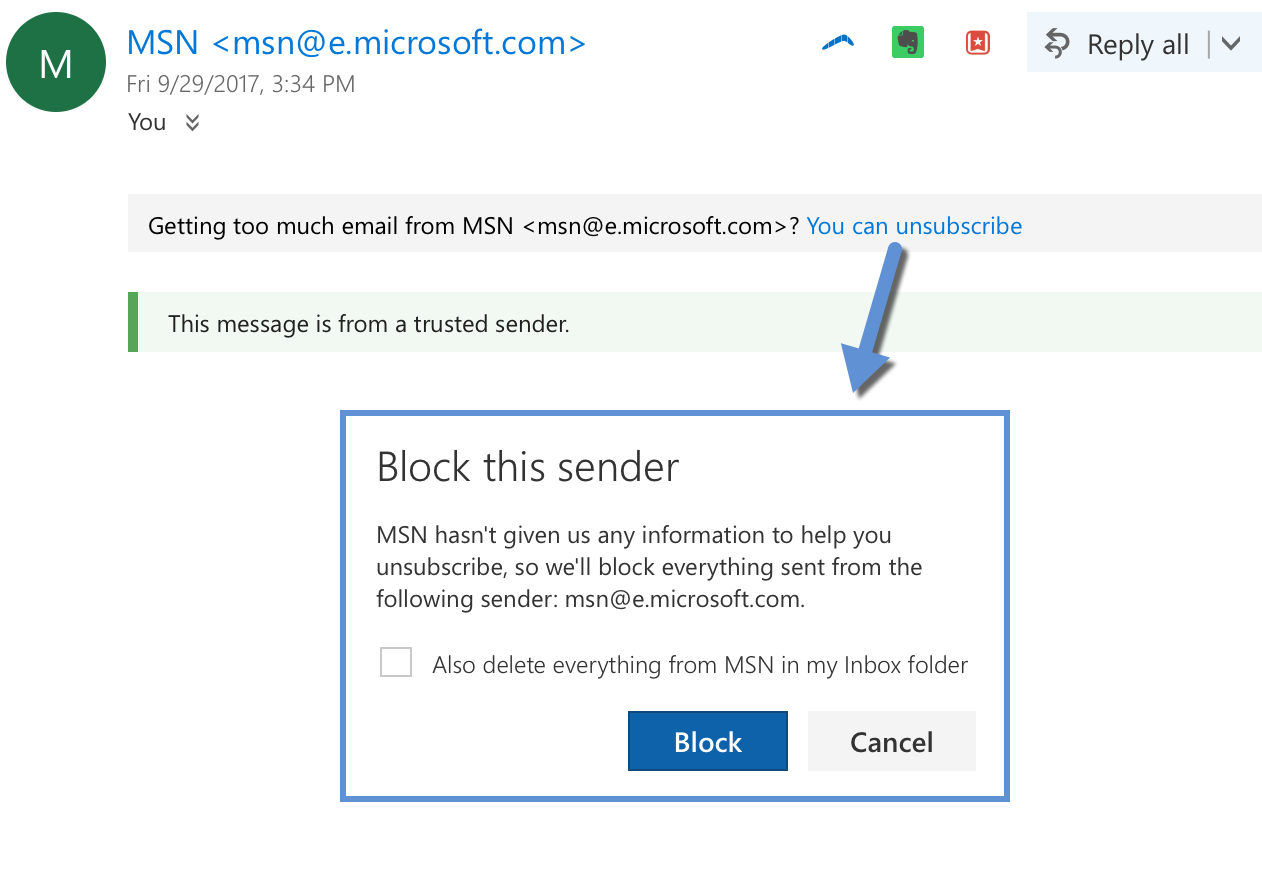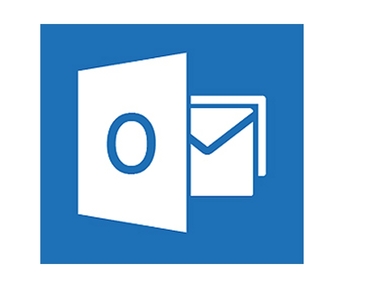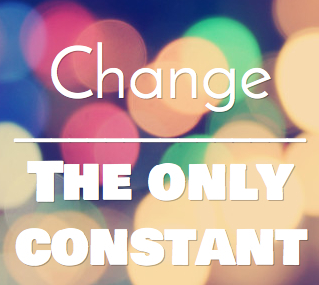MSN/Hotmail
What's up with microsoft?
A c/p from an email I sent to a mailing list.
I think we’re seeing a new normal, or are still on the pathway to a new normal. Here’s my theory.
1) Hotmail made a lot of underlying code changes, learning from 2 decades of spam filtering. They had a chance to write a new codebase and they took it.
2) The changes had some interesting effects that they couldn’t test for and didn’t expect. They spent a month or two shaking out the effects and learning how to really use the new code.
3) They spent a month or two monitoring. Just watching. How are their users reacting? How are senders reacting? How are the systems handling everything?
3a) They also snagged test data along the way and started learning how their new code base worked and what it can do.
4) As they learned more about the code base they realized they can do different and much more sophisticated filtering.
5) The differences mean that some mail that was previously OK and making it to the inbox isn’t any longer.
5a) From Microsoft’s perspective, this is a feature not a bug. Some mail that was making it to the inbox previously isn’t mail MS thinks users want in their inbox. So they’re filtering it to bulk. I’ll also step out on a limb and say that most of the recipients aren’t noticing or caring about the missing mail, so MS sees no reason to make changes to the filters.
6) Expect at least another few rounds of tweak and monitor before things settle into something that changes more gradually.
Overall, I think delivery at Microsoft really is more difficult and given some of the statements coming out of MS (and some of the pointed silence) I don’t think they’re unhappy with this.
SNDS issues and new Gmail
A bunch of folks reported problems with Microsoft’s SNDS page earlier today. This afternoon, our friendly Microsoft rep told the mailop mailing list that it should be fixed. If you see problems again, you can report it to mailop or your ESP and the message will get shared to the folks who can fix it.
The other big thing that happened today was Gmail rolled out their new inbox layout.
It’s… nice. I’ll be honest, I am not a big gmail user and have never been a huge fan. I got my first account way-back-during-the-beta. I used it to handle some of my mailing list mail. I could never work out how to get it to stop breaking threads by deciding to put some mail into the junk folder. I just gave up and went back to my shell with procmail (now sieve) scripts. I still have a couple lists routed to my gmail account, and the filtering is much improved – I can at least tell it to never bulk folder certain email.
The feature I’m really interested in is the confidential, expiring email. I’m interested in how that’s going to work with non-Gmail accounts. Within Gmail makes perfect sense, but I don’t think Gmail can control mail once it’s off their system.
My best guess is that Gmail will end up sending some type of secure link to recipients using non-Gmail mail servers. The message itself will stay inside Google and recipients will only be able to view mail through the web. That’s how the vast majority of secure mail systems work.
If anyone has the secure message already, feel free to send me a secure message. I’ll report back as to how it works.
Widespread Microsoft phishing warnings today
People throughout the industry are reporting phishing notices in a lot of mail going through Microsoft properties this morning. I even got one in an email from one of my clients earlier today![]()
Multiple people have talked to employees inside Microsoft, and I suspect their customers have been blowing up support about this. I know they’re aware, I suspect they’re frantically working on a fix.
Update 11 am PDT: It appears this filter is firing when mail has the word “hotmail” in it. This includes if non displaying text (like CSS) has the word in it. It feels like they were attempting to mitigate something and wrote a rule that wasn’t quite right. Still no word on a fix, but don’t panic.
Update 12:30 PDT: Reports are that the warning is gone. No word from Microsoft, but as long as things get fixed we don’t need it.
List-Unsub header
Benjamin asked in the comments where in the interface the “unsubscribe” or “block” popup appeared. This is the dialog box Microsoft uses when the add the “unsubscribe here” link at the top of a message. Screenshots taken today from my Hotmail account: At this point we have 3 of the major webmail providers (Yahoo, Microsoft, Gmail) using List-Unsubscribe headers and at least one mobile client (Apple Mail). 20 years on it seems List-Unsubscribe is finally gaining traction.
At this point we have 3 of the major webmail providers (Yahoo, Microsoft, Gmail) using List-Unsubscribe headers and at least one mobile client (Apple Mail). 20 years on it seems List-Unsubscribe is finally gaining traction.
Notice, too, that ISPs hold their own mail to the same standards as outside mail. This really is Microsoft offering to let me block everything from MSN News.
Oh, Microsoft
Things have been a little unsettled at Microsoft webmail properties over the last few months. A number of ESPs reported significantly increased deferrals from Microsoft properties starting sometime late in November. Others saw reduced open rates across their customer base starting in late October. More recently, people are noticing higher complaint rates as well as an increase in mail being dropped on the floor. Additionally, Return Path announced certification changes at the end of November lowering the Microsoft overall complaint rate to 0.2%, half of what is was previously.
Overall, sending mail to Microsoft is a challenge lately. This is all correlated with visible changes which may seem unrelated to deliverability, but actually are. What are the changes we know about?
Happy 2018
This is the time of year when everyone starts posting their predictions for the coming year. Despite over a decade of blogging and close to 2500 blog posts, I have’t consistently written prediction articles here. Many years I don’t see big changes on the horizon, so there’s not a lot to comment on. Incremental changes are status quo, nothing earth shattering there. But I’ve been thinking about what might be on the horizon in 2018 and how that will affect email marketing.
Microsoft MXs changed over
Today on MailOp it was announced that the migration of Microsoft freemail domains to the office 365 backend. Over the next week the mx*.hotmail.com mail servers will stop working. Check your settings, folks, and make sure you’re correctly querying DNS before sending.
Read MoreTroubleshooting and codes
Microsoft is still in the process of rolling out new mail servers. One thing that is new about these is some new codes on their error messages. This has led to questions and speculations as to what is going on.
Microsoft changes
There’s been quite a bit of breakage and delivery failure to various Microsoft domains this month. It started with them changing the MX for hotmail.co.uk, then the MX for hotmail.fr… and both these things seem to have broken mail. I also saw a report this morning that some of the new MXs have TLS certificates that don’t match the hostnames.
Getting unblocked at Outlook.com
It’s been a crazy week here at M3AAWG. I have a lot of stuff to blog about, but I think one of the really important things to get out is the new unblock request page at Outlook / Hotmail.
https://sender.office.com
Submit your IPs and it will be reviewed.
(Apologies for the repeated bad links. I’m blaming con crud, lack of sleep and MSN/Hotmail/Office/Outlook for having so many domains I can’t keep them straight. I have finally gotten it right and tested it.)
Thoughts on Hotmail filtering
One of the new bits of information to come out of the EEC15 deliverability discussions is how Hotmail is looking at engagement differently than other webmail providers.
Many webmail providers really do look at overall engagement with a mail when making delivery decisions. And this really impacts new subscribers the most. If there is a mailing where a lot of subscribers are engaged, then new subscribers will see the mail in their inbox. Based on what was said at the webinar earlier this week engagement has no effect at Hotmail outside of the individual user’s box.
I’ve certainly seen this with clients who’ve tried trimming subscriber lists but that doesn’t really help get mail moved from the Hotmail bulk folder to the inbox.
Instead of subscriber lists, Hotmail is really looking at bounces. They’re watching the number of nonexistent accounts senders are mailing to and they’re counting and a sender hits too many bad addresses and that is a major hit to their reputation.
All of this makes remediation at Hotmail challenging. Right now, we can remediate a bad reputation at a lot of ISPs and the filters catch up and mail starts flowing back to the inbox. Hotmail has set up a system that they say is “hard for spammers to game.” This seems to translate into hard for legitimate senders to fix their reputation.
Hotmail is, IMO, the current tough nut in terms of deliverability. Develop a bad reputation there and it’s difficult to fix it. I’m sure it’s possible, though.
Email predictions for 2015
Welcome to a whole new year. It seems the changing of the year brings out people predicting what they think will happen in the coming year. It’s something I’ve indulged in a couple times over my years of blogging, but email is a generally stable technology and it’s kind of boring to predict a new interface or a minor tweak to filters. Of course, many bloggers will go way out on a limb and predict the death of email, but I think that’s been way over done.
Even major technical advancements, like authentication protocols and the rise of IPv6, are not usually sudden. They’re discussed and refined through the IETF process. While some of these changes may seem “all of a sudden” to some end users, they’re usually the result of years of work from dedicated volunteers. The internet really doesn’t do flag days.
One major change in 2014, that had significant implications for email as a whole, was a free mail provider abruptly publishing a DMARC p=reject policy. This caused a lot of issues for some small business senders and for many individual users. Mailing list maintainers are still dealing with some of the fallout, and there are ongoing discussions about how best to mitigate the problems DMARC causes non-commercial email.
Still, DMARC as a protocol has been in development for a few years. A number of large brands and commercial organizations were publishing p=reject policies. The big mail providers were implementing DMARC checking, and rejection, on their inbound mail. In fact, this rollout is one of the reasons that the publishing of p=reject was a problem. With the flip of a switch, mail that was once deliverable became undeliverable.
Looking back through any of the 2014 predictions, I don’t think anyone predicted that two major mailbox providers would implement p=reject policies, causing widespread delivery failures across the Internet. I certainly wouldn’t have predicted it, all of my discussions with people about DMARC centered around business using DMARC to protect their brand. No one mentioned ISPs using it to force their customers away from 3rd party services and discussion lists.
I think the only constant in the world of email is change, and most of the time that change isn’t that massive or sudden, 2014 and the DMARC upheaval notwithstanding.
But, still, I have some thoughts on what might happen in the coming year. Mostly more of the same as we’ve seen over the last few years. But there are a couple areas I think we’ll see some progress made.
Hotmail having a bad day
Looks like Hotmail / Microsoft is having a rather bad day. Their DNS seems to be intermittent. While they were down a while ago they were returning SERVFAIL for some DNS lookups, including MX lookups.
For senders who have the DNS data in their recursive resolvers, this will have no impact. For senders who either don’t have the data cached or who have the data expire before the servers come back online there may be a transient increase in the number of bounces at Microsoft domains (Hotmail, Outlook, MSN.com, office365.com and the Microsoft corporate domains including microsoft.com and their other domains like xboxone.com).
Email marketing OF THE FUTURE!
ISPs are continually developing tools for their users. Some of the newer tools are automatic filters that help users organize the volumes of mail they’re getting. Gmail released Priority Inbox over a year ago. Hotmail announced new filters as part of Wave 5 back in October.
All of these announcements cause much consternation in the email marketing industry. Just today there was a long discussion on the Only Influencers list about the new Hotmail filtering. There was even some discussion about why the ISPs were doing this.
I think it’s pretty simple why they’re creating new tools: users are asking for them. The core of these new filters is ISPs reacting to consumer demand. They wouldn’t put the energy into development if their users didn’t want it. And many users do and will use priority inbox or the new Hotmail filtering.
Some people are concerned that marketing email will be less effective if mail is not in the inbox.
Changes at Hotmail
Microsoft announced a number of changes to the Hotmail interface today. It doesn’t look like this will affect how mail is received, but will affect how users can interact with it.
As always, the best advice I can give you is send mail people want and like.
Holomaxx dismisses part of lawsuit
Ken announced yesterday that Holomaxx dropped their suits against Ironport and ReturnPath. Suits against Yahoo and Hotmail are still active.
In the Yahoo case, there is a case management meeting on January 14th.
In the Microsoft case, a response the complaint is due by December 17th.
I’m not quite sure what happened to prompt this change, but I think it makes it even more unlikely that the case will be successful. The courts have repeatedly ruled in favor of ISPs in these kinds of cases.
EDIT: I’d link to Ken’s article, but I appear to have closed that tab and I can’t find it on his website. I’ll add it as soon as I do.
EDIT: Ken’s announcement
Updating SenderID records for Microsoft
In the past, bulk senders who wanted Microsoft to check SenderID had to email information to a special Microsoft address. Microsoft would then cache the senderID data from the sender’s DNS records and verify incoming email.
Microsoft has simplified the process and now has a webform to submit the data.
http://support.msn.com/…
In order to submit your information you will need a contact email address, the domains that you want to add and the SPF records of those domains.
ISP Postmaster sites
A number of ISPs have email information and postmaster sites available. I found myself compiling a list of them for a client today and thought that I would put up a list here.
Read MoreMore on Truthout
Ken Magill comments on the reaction of truthout.org to being blocked by AOL and Hotmail.
I do agree with Al, if both AOL and Hotmail are blocking your email, then you’re doing something wrong.
